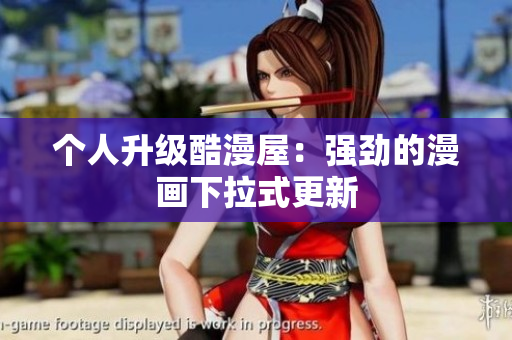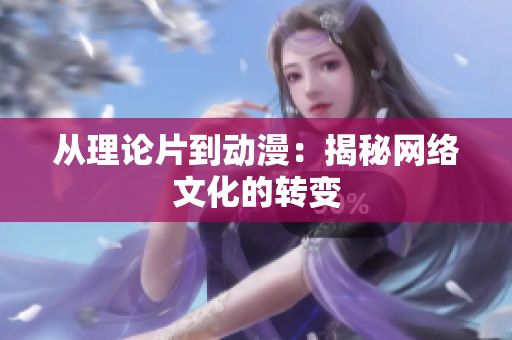Comme des Gar?ons in Japan: The History and Influence of a Fashion Icon
Comme des Gar?ons is a Japanese fashion house that has been around since 1969. The brand, which means "like boys" in French, was founded by Rei Kawakubo and has become synonymous with avant-garde fashion in Japan and around the world.
Comme des Gar?ons' signature style is characterized by its oversized cuts, asymmetrical shapes, and bold use of colors and patterns. The brand has been influential in shaping the fashion industry, and its unique aesthetic has spawned countless imitators.
Today, Comme des Gar?ons has expanded beyond fashion and into other areas, including fragrance, accessories, and home decor. The brand's continued success is a testament to its lasting impact on the industry.
The Cosme Big Beauty Awards in Japan: What They Are and Why They Matter
Cosme is a Japanese beauty magazine that has been around since 1986. Each year, the magazine awards the best beauty products in Japan in a competition known as the Cosme Big Beauty Awards.
The awards are highly coveted in the Japanese beauty industry, and winning products often see a significant boost in sales. The awards are also influential in shaping consumer attitudes towards beauty products, as consumers tend to trust the opinions of Cosme's experts.
The Cosme Big Beauty Awards are a reflection of Japan's thriving beauty industry, which is known for its high-quality products and innovative technology.
Windows Phone 442: A Look at Japan's Unique Smartphone Market
Windows Phone 442 is a smartphone model that was released exclusively in Japan in 2014. The phone was part of Microsoft's attempt to break into Japan's unique smartphone market, which is different from those in other countries due to the popularity of certain features.
For example, flip phones are still popular in Japan, and many consumers prefer phones with larger screens. There is also a strong emphasis on design and aesthetics, with many Japanese consumers opting for phones with unique colors and patterns.
Microsoft's attempt to break into this market with the Windows Phone 442 ultimately failed, as the phone was not well-received by Japanese consumers. However, the attempt highlights the importance of understanding and catering to the unique preferences of Japan's smartphone market.









